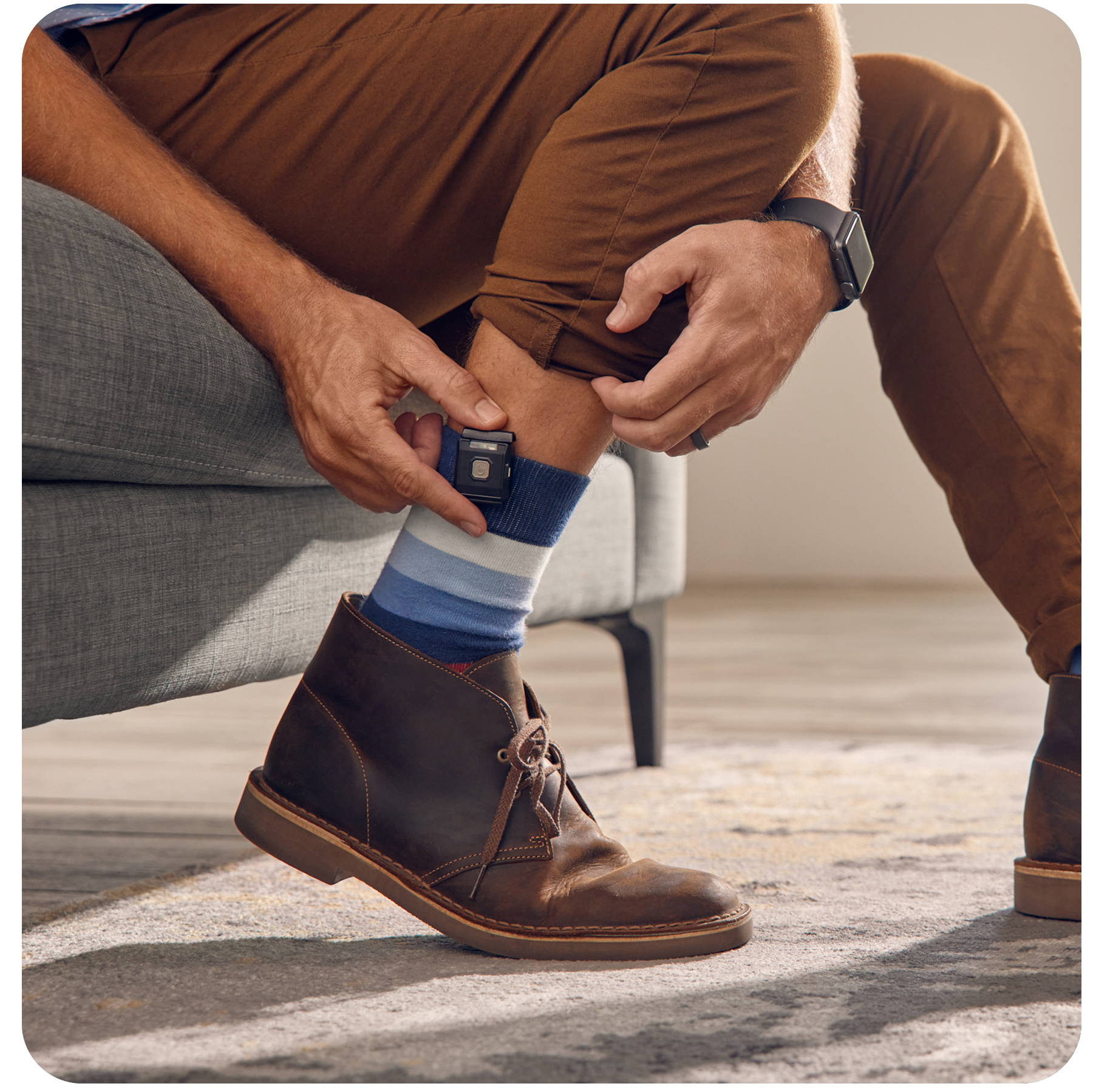Encourage clients to wear TouchPoints™ from the start to reduce stress during the recall of past events. This helps minimize cognitive and physiological distress, leading to a more efficient resolution.
Automated Bi-lateral Stimulation
Wholesale Program


We created the Therapist Wholesale Program in response to a growing number of our therapists wanting to make TouchPoints available for their clients to use at home.
Through our program, you receive deep discounts on TouchPoint orders of 10 or more units. This allows you to purchase products upfront at a low cost while scaling up your business and providing an added benefit to your patients.
As a member of the TouchPoint Wholesale family, you will have access to live support and training, and even pre-site consultations for your practice service model. Upon placing your first order, you will gain access marketing materials, including graphics, images, and other collateral. We’ll be here to assist you all along the way!
WHOLESALE PROGRAM BENEFITS

deep product discounts
Access to exclusive wholesale member pricing on orders of 10 sets or more

live support & training
Live support and consultations personalized for your service model

Promotional material
Promotional materials including graphics, images, and other collateral
become a WHOLESALER
STEP 1: Complete the form below
STEP 2: Receive an email with your Wholesale Agreement and pricing
STEP 3: After you review the agreement, electronically sign and submit it
STEP 4: Receive a login to the TouchPoints Wholesale Shop and begin your journey with us
NOTE: Offer only open to the U.S. and Canada
TOUCHPOINT FEEDBACK
How to Use TouchPoints During
an EMDR Therapy Session
EMDR therapy is divided into 8 discrete phases. Below we will discuss specifically how TouchPoints™ can be used to assist during each phase.
PHASE 1: HISTORY TAKING
PHASE 2: PREPARATION
Use TouchPoints™ during this phase to reduce stress associated with the EMDR process, fostering a trusting therapeutic relationship and instilling confidence in calming techniques.
PHASE 3: ASSESSMENT
Wear TouchPoints™ to keep physiological distress minimal, increasing the patient’s confidence in the new positive belief.
PHASE 4: DESENSITIZATION
As a wearable device, TouchPoints™ can be used outside of EMDR sessions to accelerate the desensitization process, reducing stress associated with triggers.
PHASE 5-8: INSTALLATION, BODY SCAN, CLOSURE, RE-EVALUATION
TouchPoints™ throughout these phases to maintain continuity and reduce residual physiological distress, facilitating target resolution and potentially shortening treatment time.